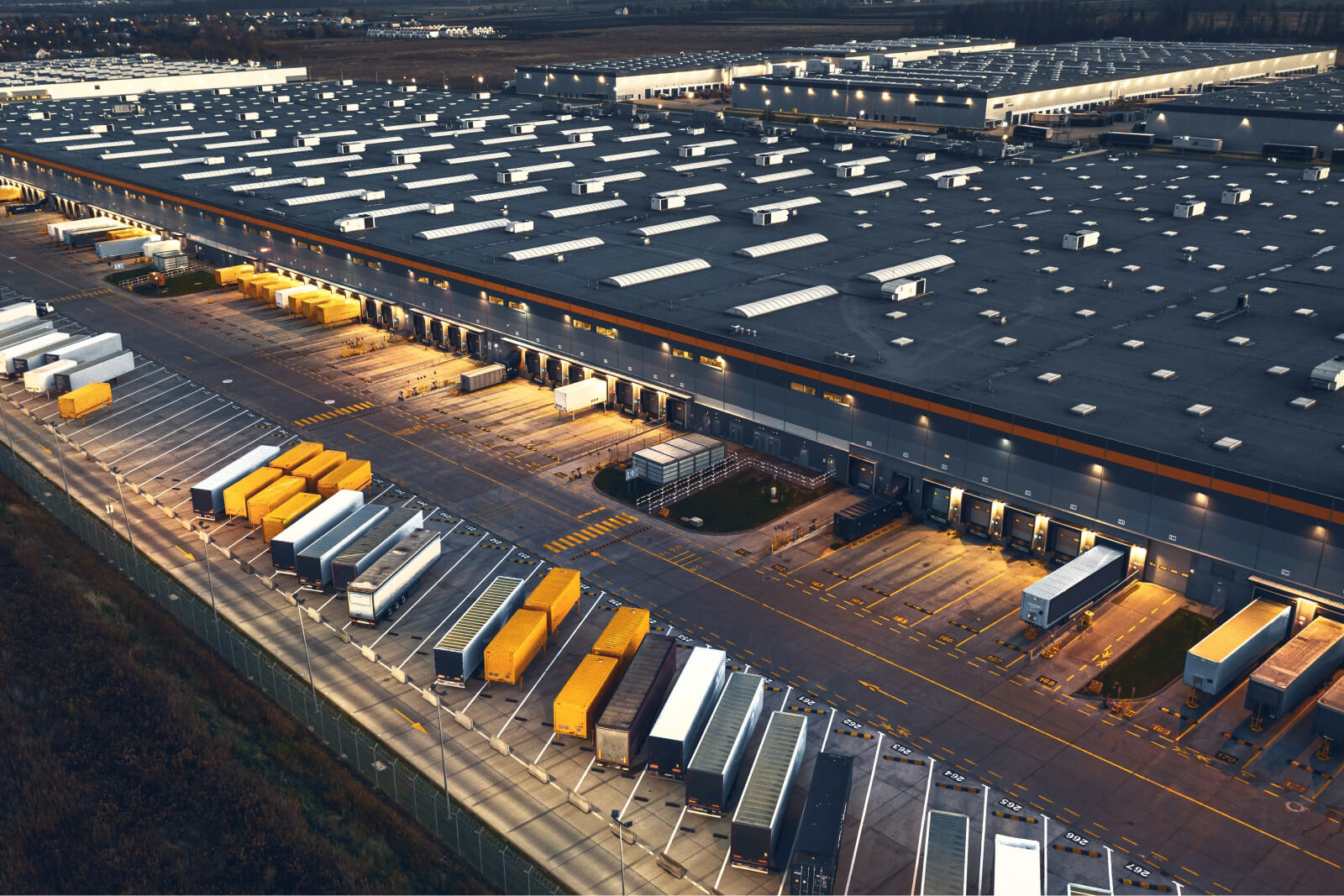
How to Reduce Costs 35-40% With Visibility
Supply chain inefficiency accounts for $95 billion in unchecked spending annually.
You read that right. McKinsey estimates that each year, “between $65 billion and $95 billion of waste is generated at interaction points between shippers, dispatchers, third-party logistics companies (3PLs), and carriers at the time of delivery.”
This immense amount of supply chain spend is due to what they characterize as “blind handoffs,” or the inefficient handoff of goods from one provider to another. The inability of companies to systematically avoid detention fees underscores a critical issue: it’s not for a lack of trying — it’s for a lack of workflows, processes and technology that enables the effort.
In my time in the industry, dwell and detention fees have been the Achilles heel of supply chain budgets. In a recent discussion I had with a Fortune 25 shipper, they recognized that with better discipline, capacity utilization, and the right tools, they could become a shipper of choice and command 2-4% lower transportation costs as a result. The issue? There’s no visibility to the blind handoffs throughout their network. Without it, it’s harder to coordinate across processes, especially when things inevitably change.
Here are some thoughts on how to tackle this problem:
Part of the issue with blind handoffs is the lack of general supply chain visibility. The inability to see exactly where your shipments are across your supply chain prohibits proactive communication and leads to missed opportunities.
Visibility solutions can help not just track dots on a map, but enable predictability of arrival times, reducing those blind handoffs that drain budgets and deter carriers. That predictability drives improved utilization of dock capacity and labor, not to mention reduced double handling of product, which can increase cost and lead to poor quality.
Imagine a shipment moving between one of your vendors and your distributor’s warehouse. Your current visibility capability might be limited to the portion of the move directly tied to you — when the carrier responsible for delivering it into your custody finally gets their hands on your shipments. But what happens when a shipment is left at a rail yard in the first part of the move, or a disruption occurs when the producer hands the shipment off to the distributor?
Current tech limitations mean you won’t find out a shipment is running late until that final carrier confirms they’ve received the handoff from the previous carrier, giving you only a few days to figure out how to avoid disruptions within your operations.
The answer is integrating your supplier networks into your digital environment to measure and monitor performance the same way you’d measure your own. Integrating your vendors’ supply chain networks helps shed light on handoffs that occur outside of your initial field of view but greatly impact the performance of your business.
After integrating each node of your supply chain, the real work can begin: changing the behaviors across your supply chain that historically led to poor communication and high detention and demurrage fees. As Adam Mussomeli of Deloitte Consulting mentioned in a recent Inbound Visibility Article, “Once organizations have gained new or quicker information, they need to consider what it means for how they operate.”
Right now, how likely is it that you’ll recognize a shipment is late with enough time to redeploy your work crews elsewhere and adjust dock schedules without causing a ripple effect? From double handling of cargo to downtime waiting for late trucks, there’s a lot of inefficient behavior that can quickly add hours to your teams’ days.
Blind handoffs cause headaches. Carriers show up when you least expect them. Products pile up and throughput stalls. As McKinsey notes, visibility alone can’t fix this mess. You need coordination — real-time communication between shippers and carriers.
What does this look like? Dynamic, AI-powered digital slot booking. Carriers schedule appointments to fit your capacity. Things run smoothly until, inevitably, a hiccup occurs and shipments fall behind schedule. But with the right digital tools, these headaches become opportunities. AI and machine learning update ETAs dynamically. Appointments reschedule themselves faster and more accurately. Your facility sidesteps disruption and hums along, ready to receive goods as they arrive, with the foresight that they will arrive when they’re supposed to. Throughput accelerates. Dwell times decline. Costs drop for all.
As McKinsey outlines, billions of dollars are wasted each year due to inefficient “blind handoffs” between players in the supply chain. Creating end-to-end visibility is crucial to solving this problem.
The future is flexible planning and execution. Both shippers and carriers are linked on a common platform, ready to adjust when things go sideways. The outcome? Facilities working smarter. Less waiting and better driver utilization. Logistics powered by technology and trust. More sustainable, resilient and affordable movement of goods.
By leveraging platforms like FourKites, businesses can centralize their supply chain data, enabling them to optimize operations, reduce detention fees, improve service, and command lower transportation costs overall.
Want to find out more about how your organization can seek out and eliminate blind handoffs? Schedule a free consultation with a FourKites expert to find out more.